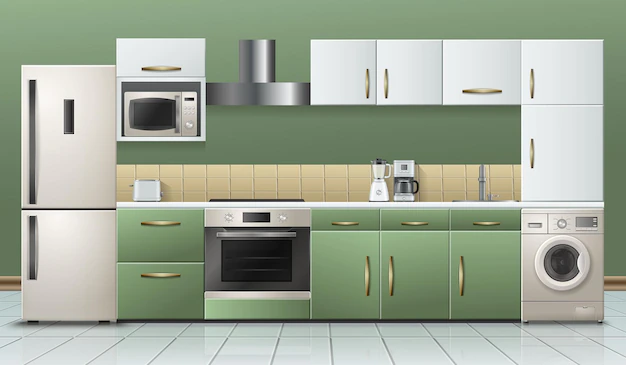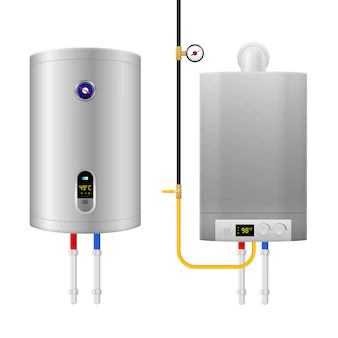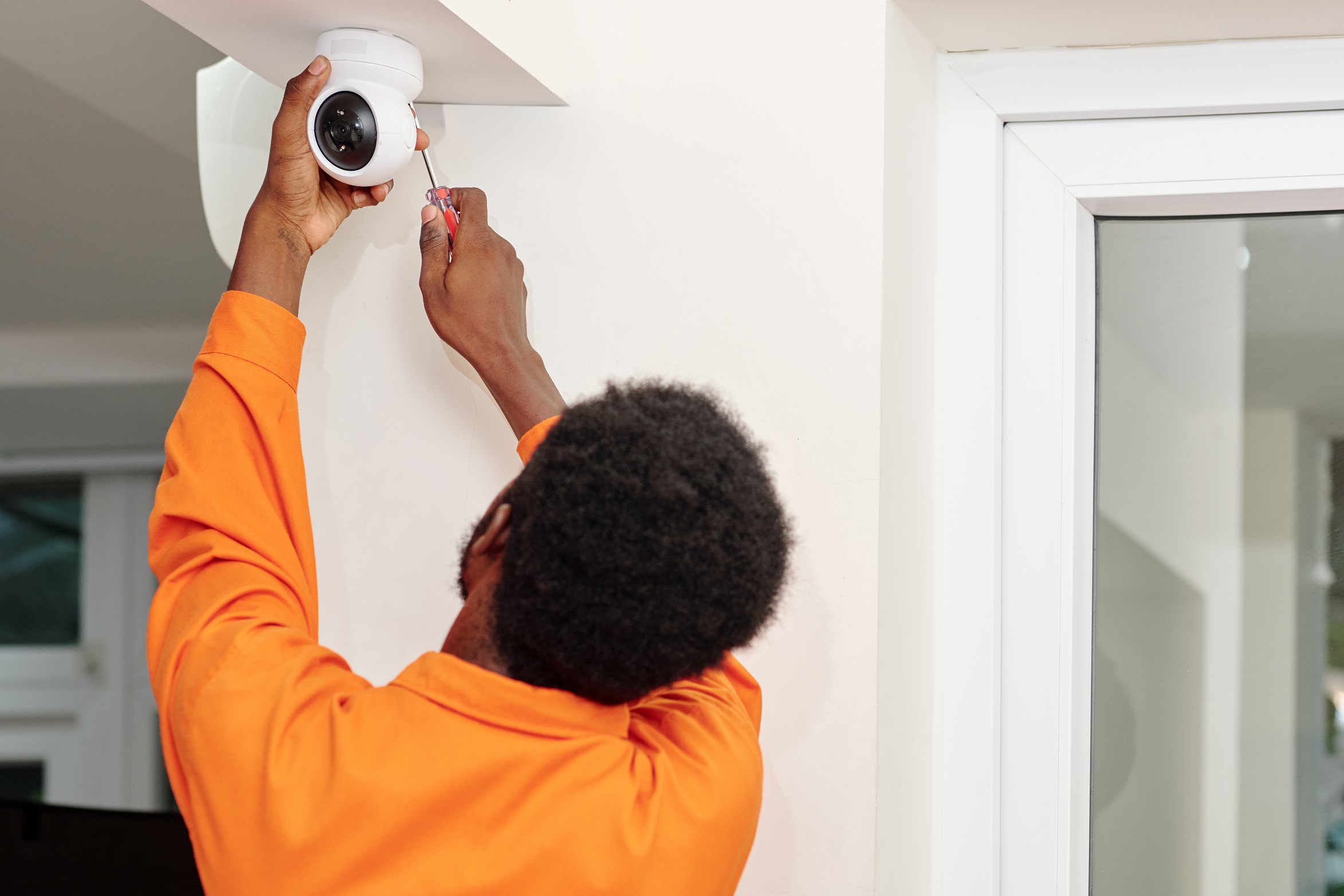Over the winter, homes face some extreme weather conditions. We put together a compelling Guide of 10 spring home maintenance checklist
Making small repairs now can prevent larger, more expensive, repairs in the future. Here are some springtime exterior maintenance suggestions:
1 Roofing
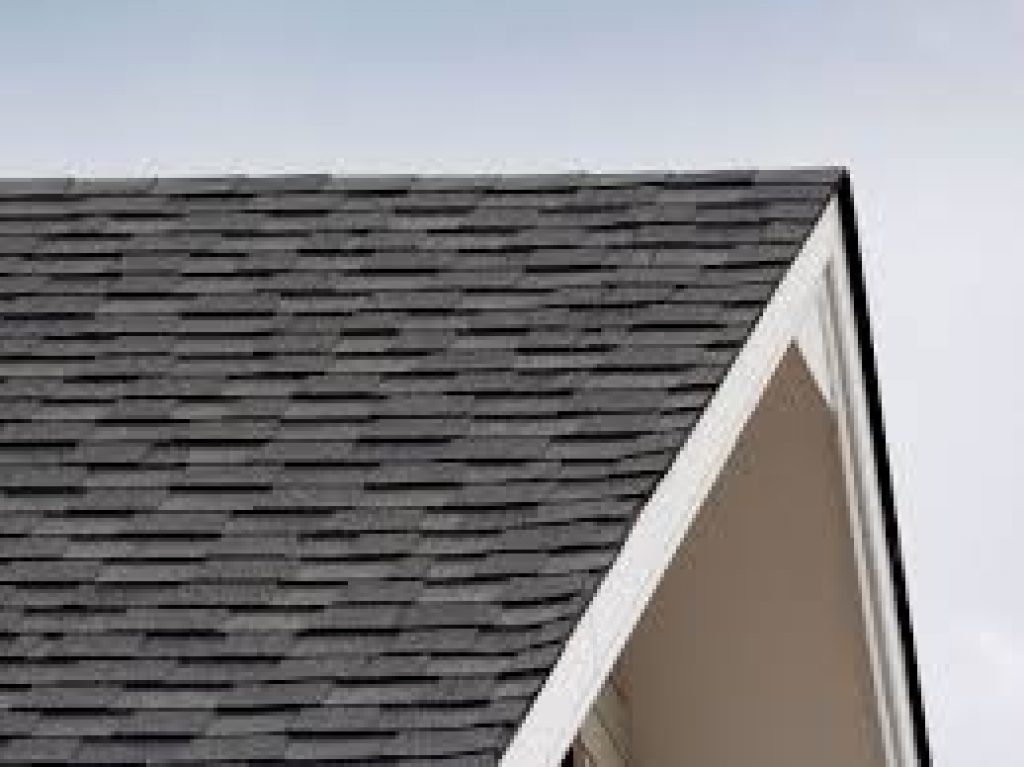
With all the snowfall over this past season, there is a possibility that your roof may have been victim to ice damming. Ice damming occurs when a large accumulation of snow melts and turns to ice, usually around your eavestroughs or roof valleys. This ice forms a barrier that prevents melting snow from draining. Water can then back up and re-freeze damaging your shingles. Look for water stains around interior windows and walls where seepage may have occurred.
It is also good practice when the snow melts to check around your yard for any shingle debris. Shingles can be replaced separately if need be. You may want to call on a roofing expert to inspect if you have concerns however follow our homeowner spring checklist, you will have the benefit of getting notice of your home surrounded.
2 Eavestrough & Downspouts
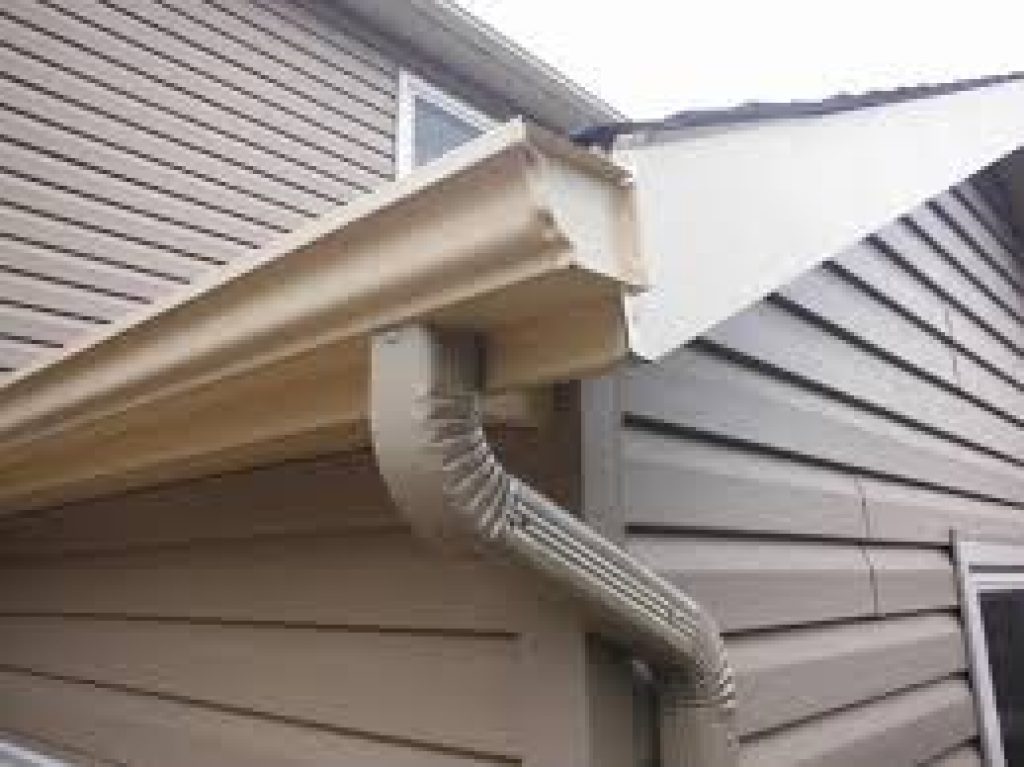
Most leaks occur from the build-up of leaves, twigs, pinecones, etc., that cause drain water to overflow. Another cause can be cracking in the eavestrough sealant. This can be fixed by using exterior silicone at corners and joints wherever there are leaks. It is good practice to ensure that your downspouts are positioned properly. Be sure to position your downspouts so that the ground allows the drain water to flow away from your house.
3 Windows & Caulking
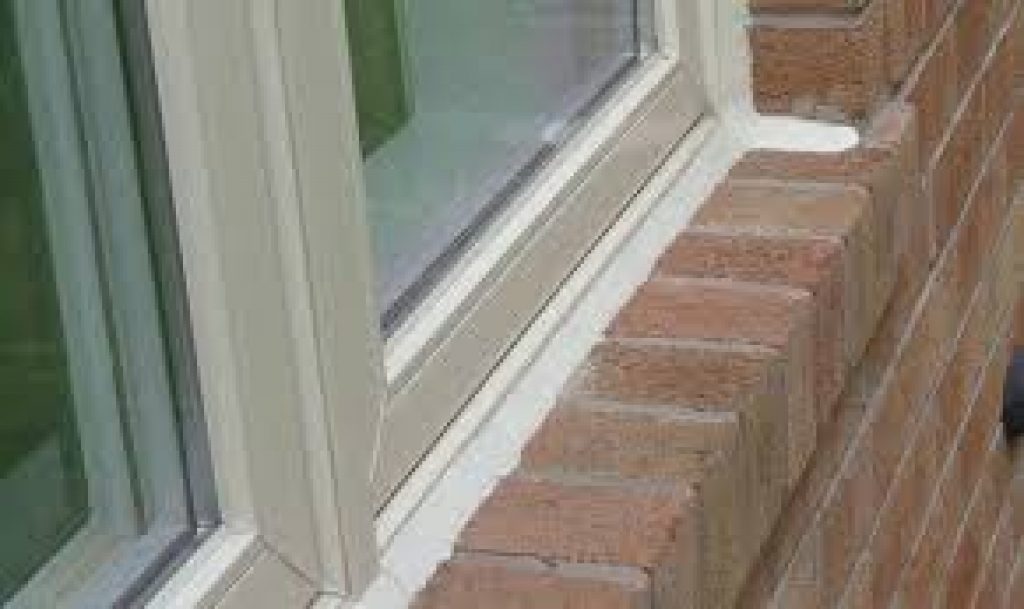
Check for missing or cracked caulking joining the siding to your window. If it appears to be falling off or missing, you can fill in the blanks with exterior grade silicone or polyurethane. Also, check for moisture in windows, as seals may become separated and will be in need of repair. There are contractors who can make this repair versus a window replacement.
Wood-framed windows should be re-painted every couple of years. A good sign that your windows need repainting is visible cracks. Use exterior-grade paint.
Vinyl windows require less maintenance than wood. They don’t need to be painted but ensure that there is a good caulking seal to the house siding. Be sure to check for cracks in the frame.
4 Siding & Stucco
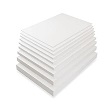
Siding and stucco finishes are your house’s primary defense against the elements. If you have vinyl siding be sure that all the pieces are snapped into place. Sometimes the lap of the siding can come unhooked in the event of high winds.
Wood siding should be maintained the way you would a wood-framed window. Check the quality of the paint or stain of the wood. If it looks cracked and brittle, then be sure to scrape, sand, and paint.
5 Foundations
Foundations are the most important part of your home. They support the entire well-being of your home, from your floor all the way to your roof. Small cracks in a foundation are typically nothing to be concerned about, though big cracks can be a costly endeavor and can cause more problems if improperly fixed. Foundation issues can be serious and you should contact a foundation repair specialist if in any doubt.
6 Decks & Patios
Winters don’t hold back when it comes to decks and patios. Snow can wear down and peel away deck finishes. The best maintenance you can do is to protect your deck boards by staining or painting every couple of years. Also, check deck posts where they contact the ground for signs of rotting.
7 Air Conditioners
Chances are that if you missed a spring check-up on your air conditioner, it may not work as well as it could. Over the winter months, dirt and debris may clog the cooling fins. A low coolant level, a dirty blower fan filter, and a number of other simple problems can significantly reduce the efficiency of your AC condenser and wear it out faster. You can’t do everything – only a pro can check the coolant level.
8 Concrete surfaces
Again, over the winter months with the ground movements, cracks and unevenness in concrete surfaces can occur. Smaller cracks can be repaired using the right silicone with proper preparation. The bigger they get, it becomes a harder chore to repair and professionals might have to be called in.
In the case of selling the property, the cracks on the concrete can be an eyesore to prospective buyers. This can be the first thing potential buyers see and that can set a negative tone to them viewing your home.
9 Painting
Quality painting not only contributes to home curb appeal but also forms a protective barrier against the year-round elements. Check all exposed areas around the home and yard including window sills, decks, fences, and other exterior surfaces.
10 Survey the Landscaping
Check in the yard for low-lying areas and add additional soil to prevent water from pooling. Look at all the bushes and trees and trim as necessary. Sometimes there is winter kill in lawns so hitting those areas early makes for great looking lawn as well. If you have a sprinkler system – you will want to check it for leaks, damaged sprinkler heads, and leaky valves.
Now is the time for spring clean-up and then enjoy the work you have completed! We hope you found this article helpful.









